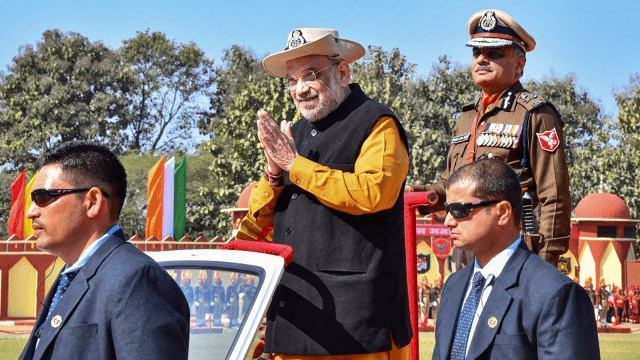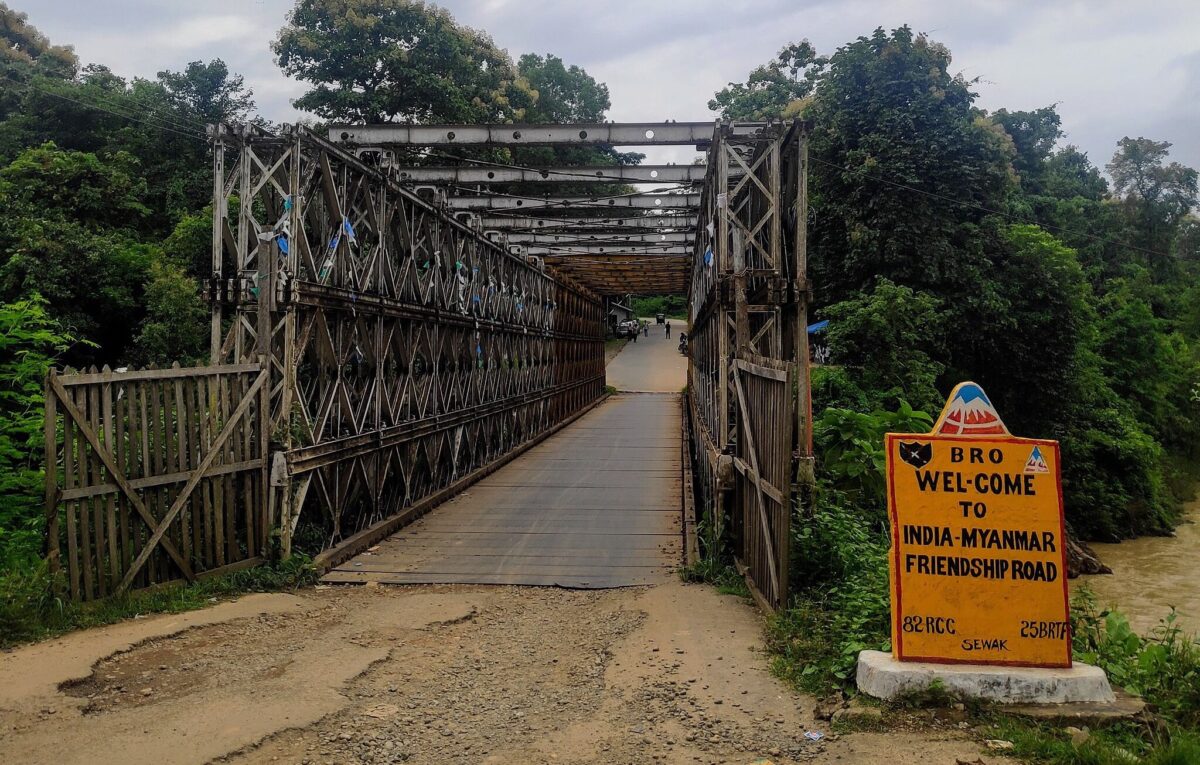For decades, the 1,643-kilometer Indo-Myanmar border has remained a porous frontier, marked by a unique Free Movement Regime (FMR) and a complex tapestry of cultural and ethnic ties. However, this dynamic is on the cusp of a significant shift. Union Home Minister Amit Shah’s recent announcement signals a drastic change in India’s approach to its eastern border, with plans to erect a fence akin to the one along Bangladesh and reconsider the FMR agreement. This decision, spurred by concerns over security and infiltration, has ignited a fervent debate, pitting concerns about national security against the long-standing traditions and anxieties of border communities.
A Porous Border and the Free Movement Regime:
The Indo-Myanmar border snakes through the verdant Northeast Indian states of Manipur, Mizoram, Nagaland, and Arunachal Pradesh. Unlike the geographically well-defined Bangladesh border, this frontier cuts through rugged mountains, dense jungles, and meandering rivers, making it notoriously difficult to police. Only a 10km stretch in Manipur is currently fenced, highlighting the historical porosity of the region.

For centuries, communities along this border have shared deep cultural and ethnic connections. The FMR, formalized in 2018, recognized these historical ties, allowing residents living within 16 kilometres of the border on either side to travel freely for up to two weeks without a visa. This ease of movement fostered vibrant social and economic interaction, facilitating trade, family visits, and cultural exchange.
Triggering the Shift: Security Concerns and the Manipur Urgency:
The rationale behind the Indian government’s decision to rethink the FMR and fence the border is primarily driven by security concerns. Unregulated movement across the porous frontier has, at times, been exploited for illegal activities like drug and gold smuggling, human trafficking, and insurgent operations. The ongoing conflict in Manipur, where rebel groups have allegedly used the FMR to carry out attacks and retreat across the border, has further amplified these concerns. Manipur Chief Minister N Biren Singh has been a vocal advocate for stricter border control, citing the influx of illegal immigrants and cross-border trafficking as pressing issues.
Beyond Security: The Human Dimension and Local Anxieties:

While security concerns drive the government’s decision, the human dimensions of this policy shift cannot be ignored. Communities in Mizoram and Nagaland share historical, cultural, and familial ties with their counterparts across the border. The FMR served as a lifeline for these communities, facilitating interactions that transcended arbitrary political boundaries. Ending the FMR and erecting a fence, these communities fear, will not only disrupt their way of life but also sever long-standing cultural and familial bonds.
Mizoram Chief Minister Lalduhoma has expressed strong opposition to the proposed fencing, calling the Indo-Myanmar border an “imposed boundary” and highlighting the cultural and historical ties that bind the Mizo people to their brethren across the border. Similar anxieties echo in Nagaland, where a significant Naga population resides in Myanmar. The fence, they fear, could alienate these communities and disrupt decades-old trade and social linkages.
Navigating the Complexities: Finding a Balance: Indo-Myanmar border
The Indian government’s decision to secure the Indo-Myanmar border and address security concerns is understandable. However, it is crucial to acknowledge the legitimate anxieties and concerns of border communities. Finding a balance between national security and the needs of local populations is key to ensuring a smooth and successful implementation of any new border control measures.
Also Read: List of Political invitees: Modi to Lead at Ram Mandir’s Pran Prathistha!
Potentially, exploring alternative solutions that address security concerns without severing vital connections could be a way forward. Investing in enhanced border patrolling, utilizing technological solutions to monitor the frontier, and strengthening bilateral cooperation with Myanmar to crack down on illegal activities are all viable options that could mitigate security risks without disrupting the lives of border communities.
Ultimately, the Indo-Myanmar border issue necessitates a nuanced approach that takes into account both national security imperatives and the historical and cultural realities of the communities residing along this complex frontier. Only through dialogue, understanding, and a commitment to finding creative solutions can India safeguard its borders while honouring the unique ties that bind people across this vibrant and sensitive region.

I don’t think the title of your article matches the content lol. Just kidding, mainly because I had some doubts after reading the article.